Breaking
- MENU
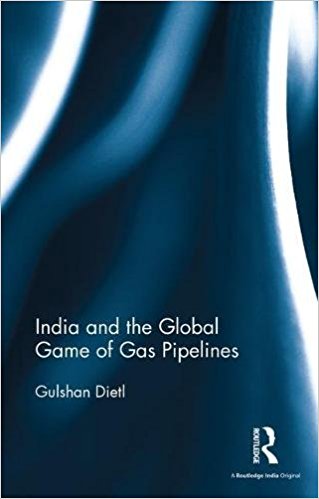
Gulshan Dietl, India and the Global Game of Gas Pipelines, (New York and London, Routledge, 2017), Price: Rs 695.00, Pages: 213
How does gas sustain its importance as the ‘fuel of the future’ amid competing claims of oil and coal over other important aspects such as geography, geology as well as economic and political flexibility? How does it score against the developments of shale gas and increasing share of renewable energy? How have the global geopolitical games drawn and re-drawn the gas pipelines routes of the three gas rich countries (Iran, Russia and Turkmenistan) with respect to the markets as well as transit countries? The book on India and the Global Game of Gas Pipelines by Gulshan Dietl is an intriguing analytical journey to comprehend these aspects of the energy markets and geopolitics.
The author has impeccable credentials to undertake the study, being a seasoned academic associated with number of prestigious institutions specializing in the region under discussion. She has fully leveraged her research acumen to accumulate wealth of information and derive deeply analytical insights on the nuances of each aspect of the gas pipelines from Iran, Russia and Turkmenistan. The book is replete with information on the geology, geography and techno-commercial aspects of gas pipelines, which is meticulously and coherently presented to capture the geopolitical motivations that shape the decisions of the participating/affected states. The book largely belongs to the genre of geopolitics of energy trade but also gives multi-dimensional insights into the political economy of gas pipelines, where economic decisions are dominantly made in or affected by political or strategic calculations.
Prof. Dietl makes an in-depth analysis of existing, proposed, sabotaged and resurrected gas pipelines of the three gas rich countries Iran, Russia and Turkmenistan. She also brings home ‘the Great Game’’ that is being played continuously with new contested trophies and contestants in the erstwhile chessboard on the ‘strategic geography’ of the Middle East and the Caspian Sea Basin. While the Old Great Games were strategic matters of ‘high politics’, energy wars and contestations remained in the realm of ‘low politics’. Such dichotomy over a period of time would either be unsustainable or energy concerns would move to the domain of ‘high politics’. Given the political economy of gas pipelines by the way of strengthening or weakening the economies and consequentially their political bargaining power of exporting, importing or transit countries, it tends to evoke a very interesting geopolitics.
Prof. Dietl explores whether defensive realism within the domain of neo-realism could be extended to incorporate cooperative behavior when the outcome is sum-sum? A gas pipeline not only involves physical work, immense financial commitments and most complex technological inputs but it also signify hard bargains, disputes, conflicts and consequential threats to gas flows as well as willingness of states/parties to comprise for their need to sell or buy gas. The immutable geography as gas supplier, transit or consumer nations produces such coalescing interests (both commercial and political) and consequentially makes strange bed fellows. The argument is built over host of examples of completed pipelines connecting Russia-Turkey, Turkey-Greece, Russia-China, Turkey-Iran as well as in the potential resurrection of West-initiated Nabucco pipeline with gas inputs from Iran or in the possible Israel-Turkey deals.
The author exposes the reader to the complexity of the great game where Russia often uses its energy to achieve its strategic objective in its neighboring Central Asian countries, arm-twist Ukraine and has control over gas flows to the Western Europe by buying controlling assets in Belarus and Kyrgyzstan. The triangular dependency among Turkmenistan-Russia-Ukraine over flow of gas through pipelines; Turkey, Georgia, Syria and Ukraine being contested territories for rival pipelines; ambitions of Turkey and Iran to be gas transport hubs add more drama to the great game. This is enmeshed with larger attempts to change the world order. The Russia-China pipeline deals perceived as century’s ‘Molotov-Ribbentrop Pact’ are regarded by the Russians as moving towards of their greater vision of ‘Greater Asia’ from Shanghai to St. Petersburg. In the unfolding of the global great game of gas pipelines, some of the questions raised by the author have no clear answers or probable projections; nevertheless they are interesting and important aspects to watch for.
The author has taken an in-depth view of India’s energy scenario and has meticulously scrutinized the complex intricacies of the Iran-Pakistan-India pipeline (IPI), Turkmenistan-Afghanistan-Pakistan-India (TAPI) pipeline, Myanmar-Bangladesh-India pipeline and South Asia Gas Enterprise (SAGE) Energy corridor. She points out that despite decades of negotiations with the neighboring gas rich countries, India still does not have external gas pipeline. TAPI project has finally taken off with the ground breaking ceremony in Turkmenistan. It is largely seen as a game changer in the regional geopolitics and integration with caveats of security concerns. The SAGE initiative for the Middle East to India Deep Water Pipeline (MEIDP) has promising prospects but with the extension of Pakistan’s EEZ, it is contingent upon latter’s approval or inclusion in the project.
The flow of language of the book is clear and captivating and easily takes the reader along the labyrinth of arguments, narratives and trade-offs. The author asserts that gas as a fuel would gain from the shale gas boom and would remain outside the ambit of any cartelization either from the supplier’s or the buyer’s club. Despite the multiplicity, complexity and connectedness of issues emanating out of gas pipelines traversing many sovereign nations, with unequally blessed geographies, every chapter has clear cut ‘take away’ that contributes towards a comprehensive understanding of the global games of gas pipelines. The author has rightly pointed out that the future gas network is not be stand-alone but will be an important component in the competing grand visions shaped and re-shaped by transcontinental connectivity projects or regional trading organizations/agreements. Against this backdrop, India needs to diversify its sources of gas supply both in the form of LNG and through pipelines.
India and the Global Game of Gas Pipelines is a rich resource for students, researchers, academics, policy makers and practitioners as well as for the corporates. It is a valuable contribution to the knowledge domain of gas market, global politics surrounding pipelines and implications for the gas deals that India is negotiating. Prof. Gulshan Dietl thus offers multi-vantage points for the readers to comprehend the complexity of pipelines politics.
______________________________________________________________
As part of the policy, the MEI@ND standardizes spellings and date format to make the text uniformly accessible and stylistically consistent. The views expressed here are those of the author and do not necessarily reflect the views/positions of the MEI@ND. Editor, MEI@ND P R Kumaraswamy

Sameena Hameed is Assistant Professor in Middle Eastern Studies in Jawaharlal Nehru University, New Delhi. She holds a doctorate from JNU and her areas of specialization include the Middle Eastern economy, India's economic relations with the region and energy security issues. She is a co-author of Persian Gulf 2020: India’s Relations with the Region and has contributed articles to peer-reviewed journals and chapters to edited volumes. She has prepared research papers and study reports for the Ministry of External Affairs and other trade and commerce organizations like ASSOCHAM. She has been a member of the MEA-constituted Select Group on Gulf and West Asia and was a member of the Indian team for India–GCC Strategic Partnership project and the Indo-Saudi Dialogue.
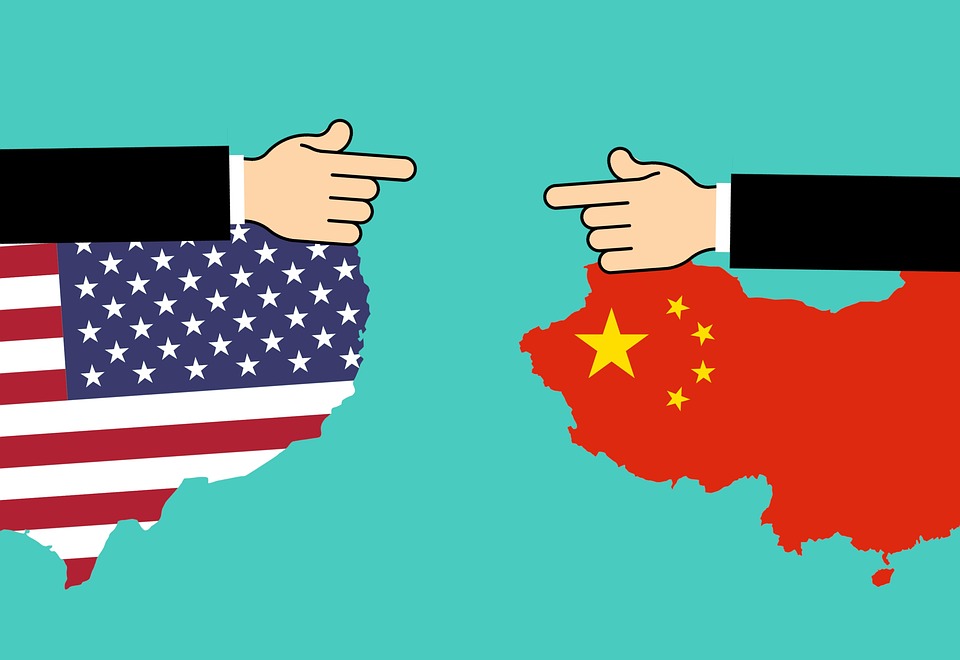
On May 17, the US blacklisted the Chinese telecommunications company Huawei and banned all business .....
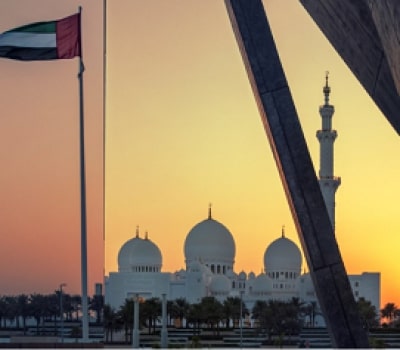
The Gulf region is set to derive synergetic benefits of its multinational workforce and the multi-et.....
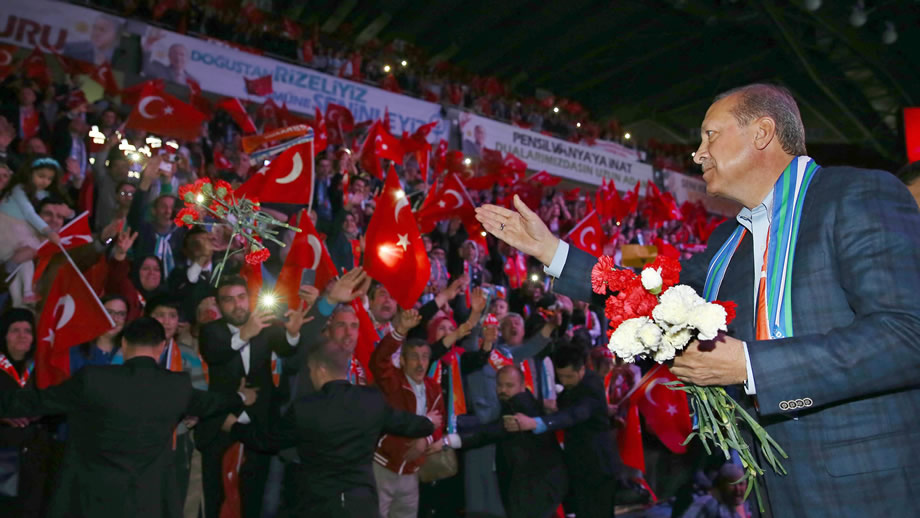
On 6 May,Turkey’s Supreme Electoral Council (YSK) annulled the results of the local electionsf.....
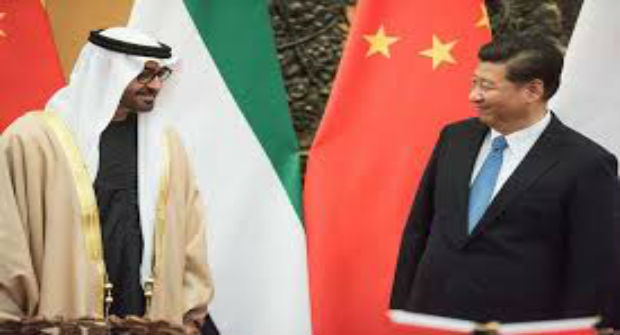
The proceedings of recent visit of the Chinese President Xi Jinping to UAE may not cast sh.....
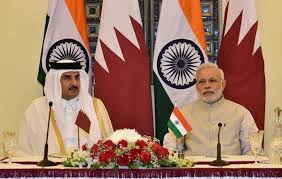
After one year of the blockade, the economy of Qatar is linked more dynamically beyond its immediate.....
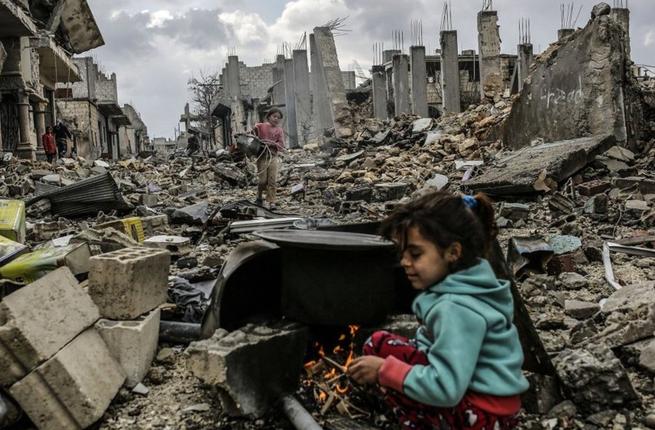
President Trump’s characterization of the US attack on specific Syrian chemical storage and re.....
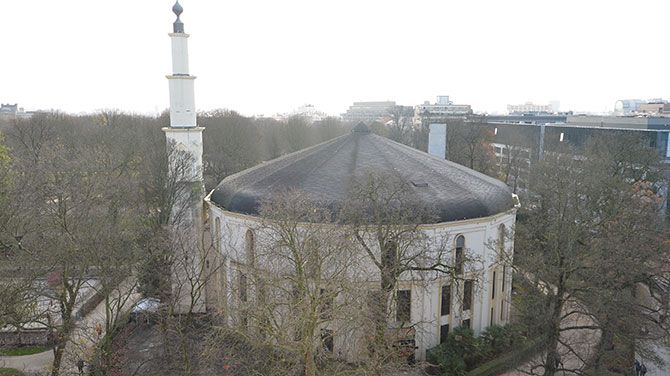
Saudi Arabia, in an indication that it is serious about shaving off the sharp edges of its Sunni Mus.....
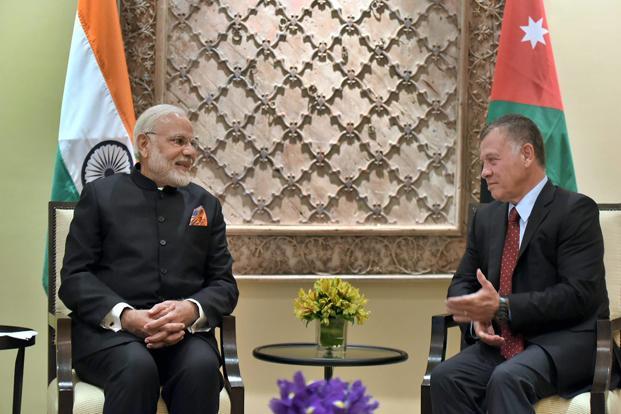
Will King Abdullah’s visit be more than the Usual? King Abdullah of Jordan is arriving.....
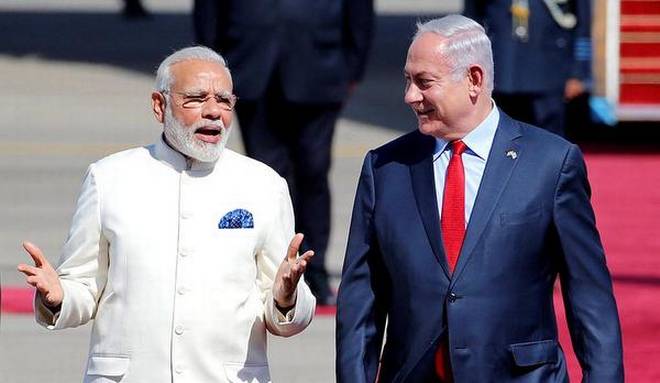
In the closely scrutinised India-Israel relationship, there is little in the public domain that rema.....
